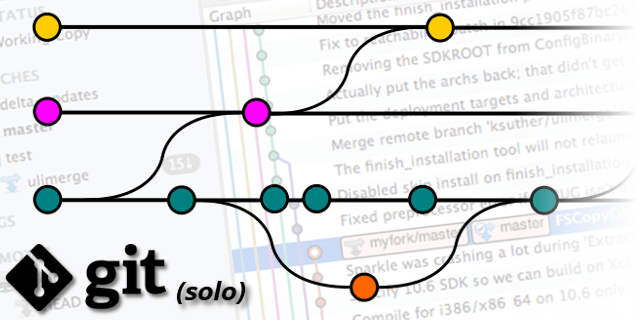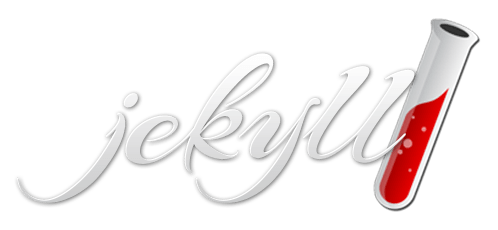May 17, 2015

Towards the end of our SQL class we covered the process of converting our query output into XML. We didn’t dive too much into the topic itself, but we covered the basics of transforming our output using XSLT, or Extensible Stylesheet Language Transformations. Using our XML output we were able translate our XML into standard HTML tags and utilize CSS to display the information in an organized way. I’ll break down what I learned and how you can display your back-end data using XSLT, too.
Read more...
April 9, 2015

When I first started researching what tools are used out in industry, I found lots of developers would recommend learning git to beginners as a valuable industry tool. And so, I took this to heart and dutifully went about learning about git. But the more I learned, the more doubt had begun to creep in. I could concede that git was a great tool for version control and collaboration. But how would any of that apply to me? I wasn’t juggling feature branches, approving pull requests or working with anyone else. I was just some guy trying to build a website or two.
After reading some more, learning how git works, and diving into the tool itself, I was able to come full circle. In this article, discuss some of the benefits that come with using git. I’ll also show you how I use git in my own solo projects, and how to set up a practical and scalable project workflow. You might just find that git can work for you on any sized project, even the ones you develop on your own.
Read more...
March 15, 2015

A few months ago, I sat down to create this blog so I could document all the things I’ll be learning about web development and I work to build up my portfolio. I also wanted to learn git and give myself a place to build things and experiment. I took a look at several options, but eventually settled on Jekyll, a static blogging platform that integrates with GitHub Pages. I chose Jekyll because it offered a great way for me to combine the technologies I wanted to practice and learn: HTML, CSS, Javascript, git, and the Linux command line. Jekyll hit all the right notes for me, and it might just do the same for you.
Read more...


